Growing Health Consciousness
The increasing awareness of health and fitness among the population is a notable driver for the cycling helmet market. As more individuals prioritize physical activity, cycling has emerged as a popular choice for exercise and commuting. This trend is reflected in the rising number of cyclists, with estimates suggesting that over 47 million people in North America engage in cycling regularly. Consequently, the demand for protective gear, particularly helmets, has surged. The cycling helmet market is likely to benefit from this health-conscious shift, as consumers seek to enhance their safety while enjoying the health benefits of cycling. Furthermore, the emphasis on outdoor activities has led to a broader acceptance of cycling as a viable mode of transportation, further propelling the need for helmets.
Urban Infrastructure Development
The expansion of cycling infrastructure in urban areas is a critical driver for the cycling helmet market. Cities across North America are investing in bike lanes, bike-sharing programs, and cycling-friendly policies to promote sustainable transportation. This urban development not only encourages more people to cycle but also raises awareness about the importance of safety gear, including helmets. As municipalities enhance their cycling infrastructure, the number of cyclists is likely to increase, leading to a higher demand for helmets. Recent data indicates that cities with improved cycling infrastructure have seen a rise in cycling participation by up to 30%. Consequently, the cycling helmet market stands to gain from this trend, as more individuals recognize the necessity of wearing helmets for safety.
Rising E-commerce and Online Retail
The growth of e-commerce and online retail platforms is transforming the cycling helmet market. Consumers increasingly prefer the convenience of purchasing helmets online, leading to a surge in online sales. This trend is supported by the proliferation of digital marketing strategies that target cycling enthusiasts and casual riders alike. Online retailers often provide a wider selection of helmets, including niche brands and specialized designs that may not be available in physical stores. As a result, the cycling helmet market is experiencing a shift in purchasing behavior, with online sales projected to account for over 40% of total helmet sales by 2026. This shift not only enhances accessibility for consumers but also encourages competition among manufacturers to innovate and improve their product offerings.
Influence of Cycling Advocacy Groups
Cycling advocacy organizations play a pivotal role in promoting helmet use and cycling safety, thereby impacting the cycling helmet market. These groups actively campaign for safer cycling environments and educate the public about the importance of wearing helmets. Their efforts have led to increased awareness and acceptance of helmet use among cyclists of all ages. In North America, initiatives by these organizations have resulted in a notable increase in helmet usage, with surveys indicating that approximately 70% of cyclists now wear helmets regularly. This advocacy not only drives sales in the cycling helmet market but also fosters a culture of safety that encourages new cyclists to adopt protective gear as a standard practice.
Technological Advancements in Materials
Innovations in materials and manufacturing processes are significantly influencing the cycling helmet market. The introduction of lightweight, durable materials such as polycarbonate and expanded polystyrene has enhanced helmet performance and comfort. These advancements not only improve safety standards but also cater to consumer preferences for lightweight and stylish designs. The market is witnessing a shift towards helmets that incorporate advanced features, such as better ventilation and aerodynamic shapes, which appeal to both casual and competitive cyclists. As a result, the cycling helmet market is expected to grow, with projections indicating a compound annual growth rate (CAGR) of approximately 5.5% over the next five years. This growth is driven by the increasing demand for high-performance helmets that offer both safety and comfort.


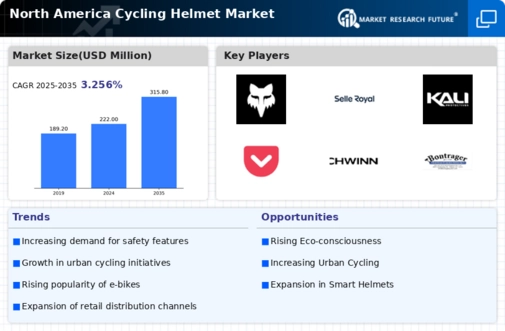
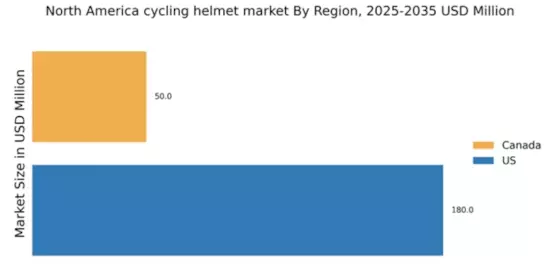


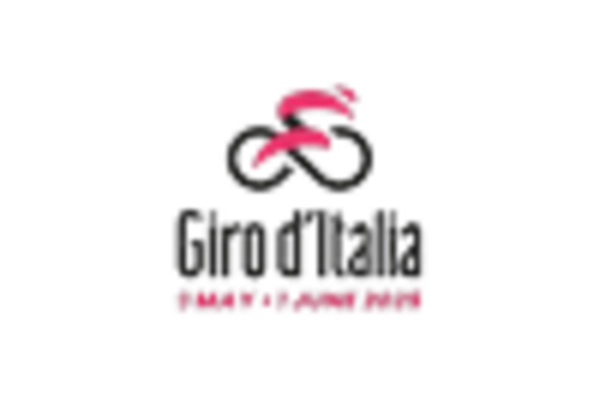
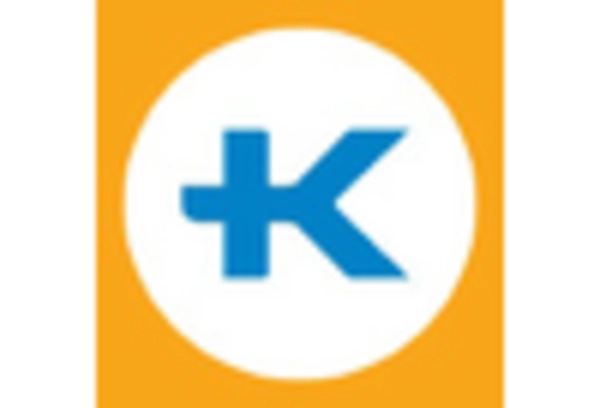
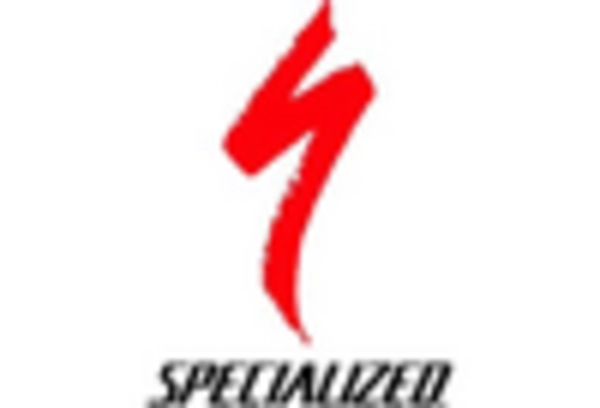
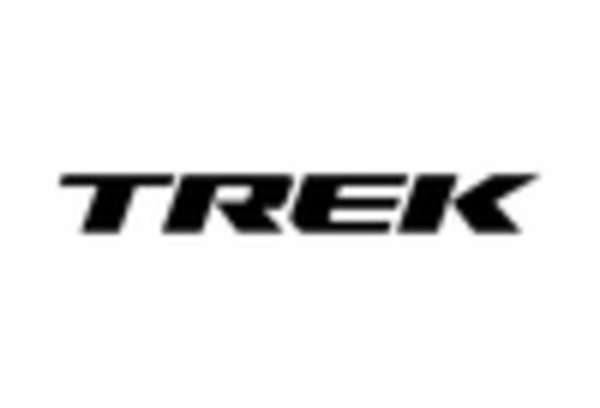








Leave a Comment